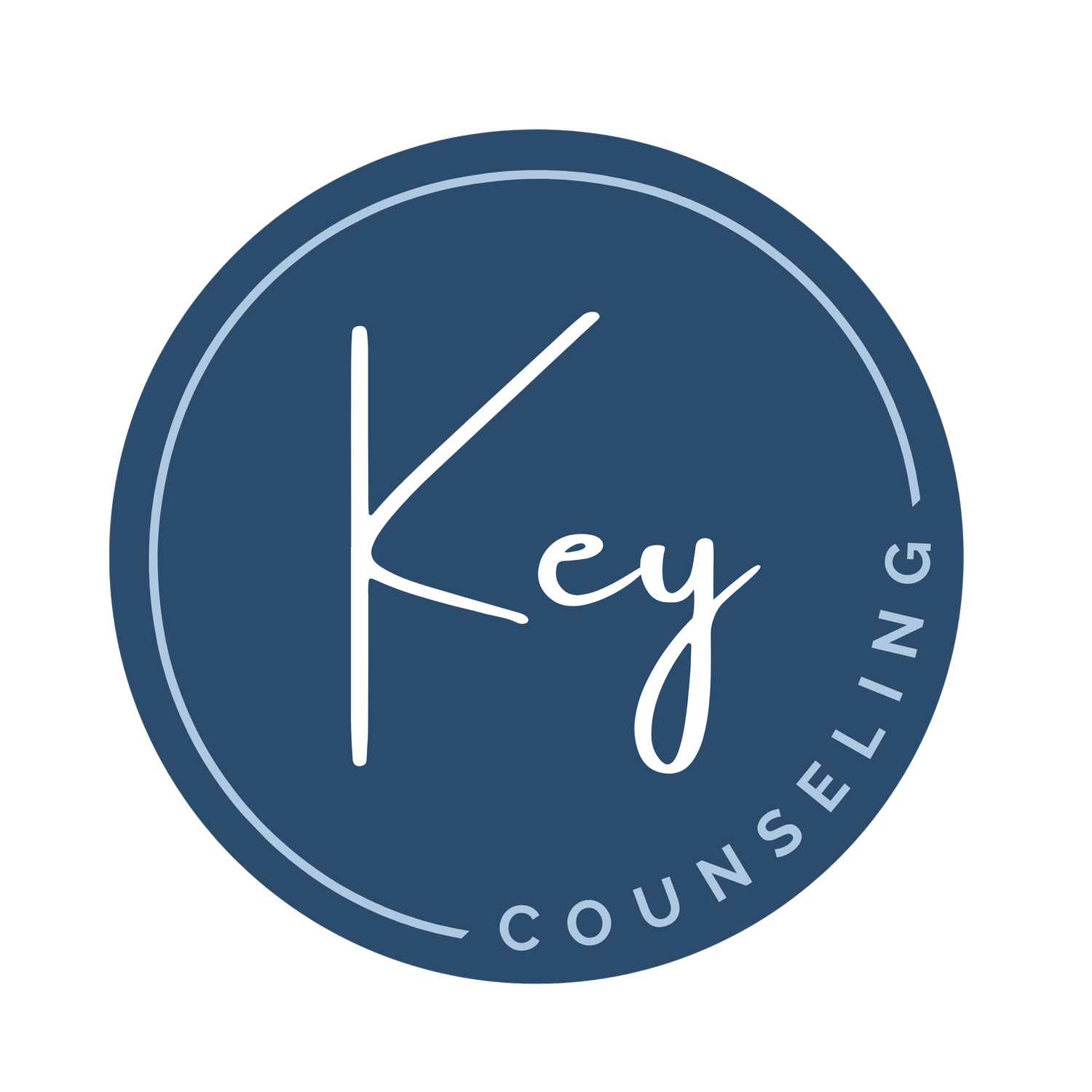3 Tips For Setting Boundaries
Setting boundaries can help improve your self-esteem and even improve the quality of your relationships. It’s a sign of self-respect. Recognizing your strengths, limitations, and needs can be hard, especially if you’re used to people-pleasing. After all, these boundaries are a kind of rubric for how you expect other people to treat you.
Creating effective boundaries can be challenging, but you can assert yourself in a way that is kind and unapologetic. One of the most basic needs for a human is the ability to care for and feel good about themselves. Let’s explore the benefits of personal boundaries and three tips for setting boundaries.
Benefits of Setting Boundaries
Creating personal boundaries requires a significant change in your outlook. There will probably be times when you question if it’s worth it to maintain your space. That’s why it’s helpful to understand and remind yourself of the benefits of setting boundaries. Here are a few reasons to keep in mind:
Setting boundaries is an act of self-love
They protect you from feelings of resentment
It’s okay and healthy to have limits
Boundaries help you develop healthier relationships
You will feel better and more grateful when you acknowledge your limitations
3 Tips for Setting Boundaries
You deserve the self-respect and self-love that you give everyone around you. Here are three tips you can use to communicate your need for respect and take charge of your self-care:
1. List Your Priorities
Sit down with a pen and piece of paper or your favorite list-making app and brainstorm your priorities. Think about the responsibilities you have, not just to others, but to yourself. Where are your hard lines? What responsibilities are non-negotiable?
]Another important thing to consider is the times you have and have not compromised on your boundaries. When you said “yes” but really wanted to say “no,” how did that feel? What was the outcome? When you’ve asserted yourself in the past and acknowledged your limitations, was it more or less stressful than when you compromised?
2. Practice Saying No
It’s okay to say no. Declining an offer, invitation, or task because you need to maintain boundaries does not make you mean. It is best to be honest when talking about your commitments. Often, the fear people experience when saying, “No,” is a fear of rejection, fear of missing out, or anxiety about disappointing another person.
]Whenever faced with a situation where you need to say no but hesitate, remember the list of benefits. Remind yourself that you have these boundaries for a reason. Sometimes, people are afraid of sounding rude when declining an invitation or commitment. Here are some phrases you can use to say no politely and firmly while making yourself clear:
“You know, that time doesn’t work for me, unfortunately. Maybe next time!”
“That sounds fun! I wish I could, but…”
“Thank you for thinking of me, but I’m I won’t have time that night.”
3. Expect Discomfort (at First)
Just like with any new habit, maintaining your personal boundaries will take practice. You may feel guilty when asking for the time and space you need for your self-care. Even if your loved ones are very receptive to this change, you might still need to check in with your inner people-pleaser.
And yes, there might be people in your life who choose not to respect your boundaries. This can feel exceptionally disheartening and even more so if the disrespect is coming from someone you love. The key point to remember in this situation is, other people’s happiness is not your responsibility. It’s theirs.
Accept Help When You Need It
Here's a bonus tip for you to keep in mind while you’re learning to set healthy boundaries. Understand that it’s okay to ask for help. A professional therapist can help you navigate the tougher conversations you need to have with others about your personal space. We can work together toward a happier, healthier you free from anxiety. Please contact us to set up a consultation.


